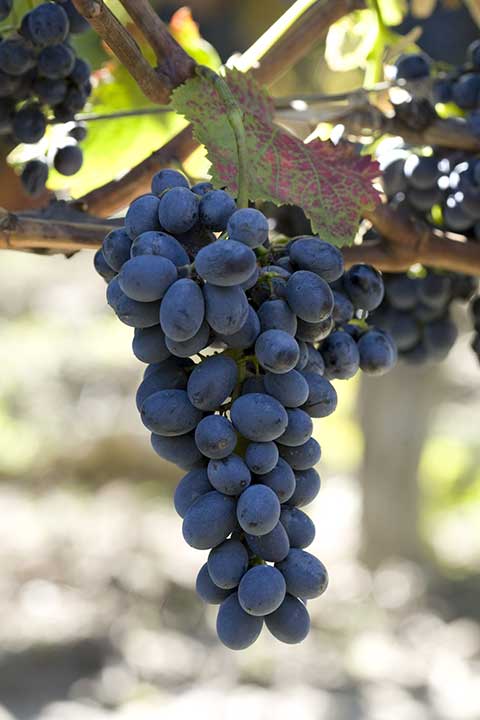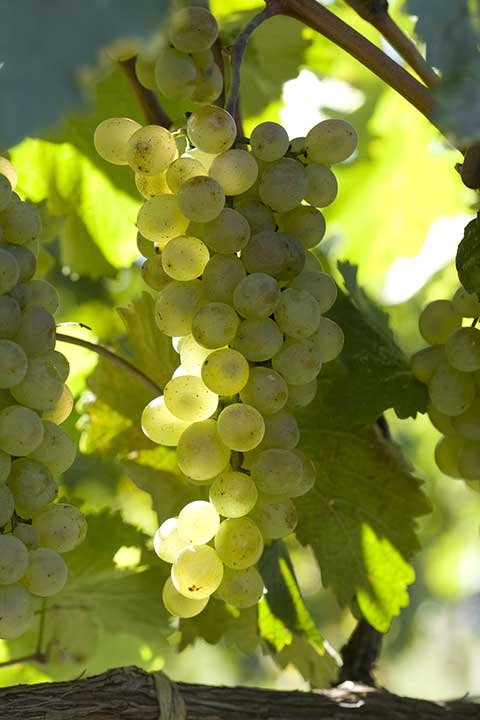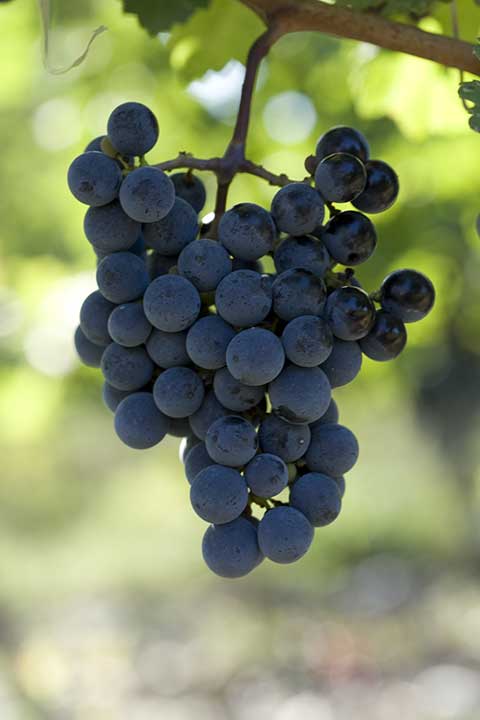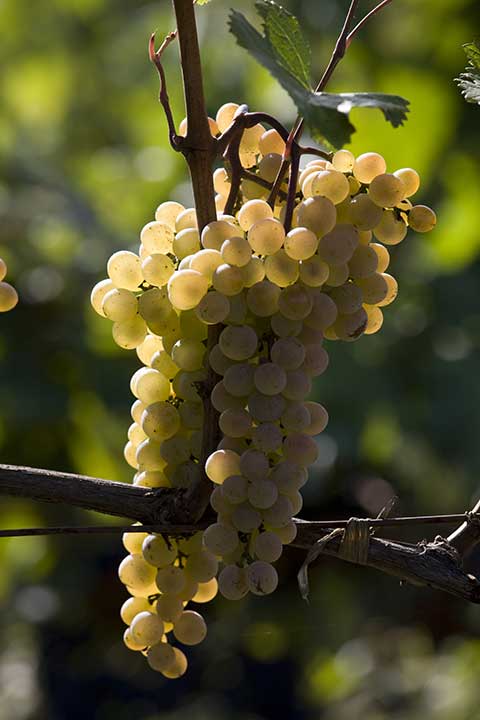Brief history and Location
Georgia, situated at the crossroads of Europe and Asia in the Caucasus region, has historically served as a bridge connecting the civilizations of the West and East. Wine holds iconic significance in Georgia, symbolizing regeneration, endurance, prosperity, and hospitality. It is deeply rooted in Georgian culture, and many believe that the history of Georgian wine is inseparable from the nation’s history. Vine and grape motifs are found throughout the country—in ancient temples, Christian chapels, myths, dances, and even in the wine cellars of monasteries and farms. Georgia is considered the birthplace of winemaking, with archaeological evidence suggesting that it began here over 8,000 years ago, truly making it the world’s cradle of wine.
Climate
The boundary between the subtropical and temperate climate zones runs along the Caucasus Mountains, placing Georgia at the northern edge of the subtropical zone. Thanks to its unique position and natural barriers like the Caucasus Mountains and the Black Sea, Georgia experiences a wide range of climates, from humid subtropical to dry-continental.
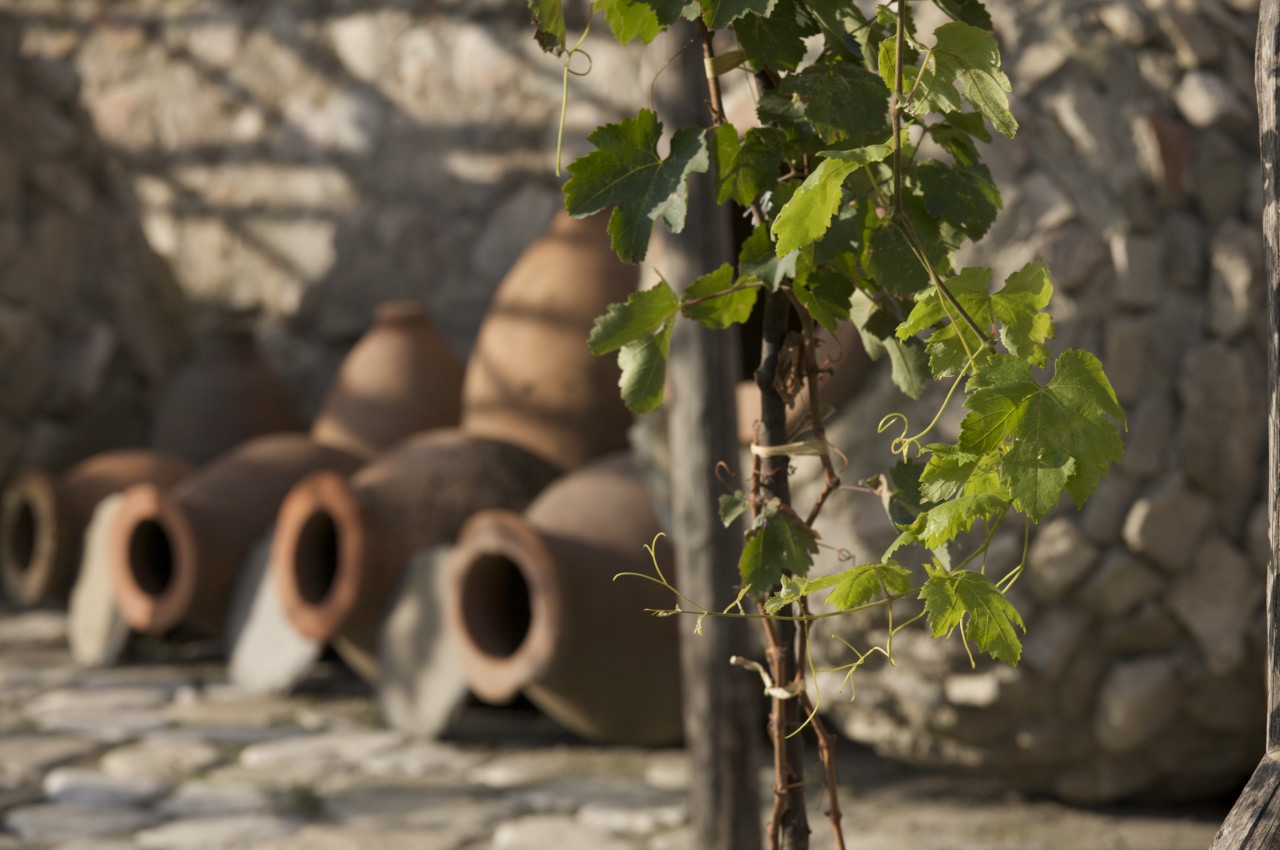
Soil Type
In addition to its rich history, Georgia is known for its diverse and fertile soils. The country has 29 protected micro-zones, each with distinct climate and soil conditions. Vineyards in Georgia are located at elevations ranging from 200 to 850 meters above sea level. In western Georgia, the soils are typically more acidic, with a medium PH, while in the east, particularly in Kakheti, soils tend to be more alkaline. In Georgia, vineyards are cultivated on a variety of soil types, including strongly alkaline, neutral, and slightly alkaline soils. You’ll also find a mix of compact, clay-heavy, rocky, limestone, and sandy soils, especially near rivers. Some of the soil profiles are quite diverse and complex. This variety in such a small area has contributed to Georgia’s diverse winemaking, as each region offers unique grape varieties and qualities.
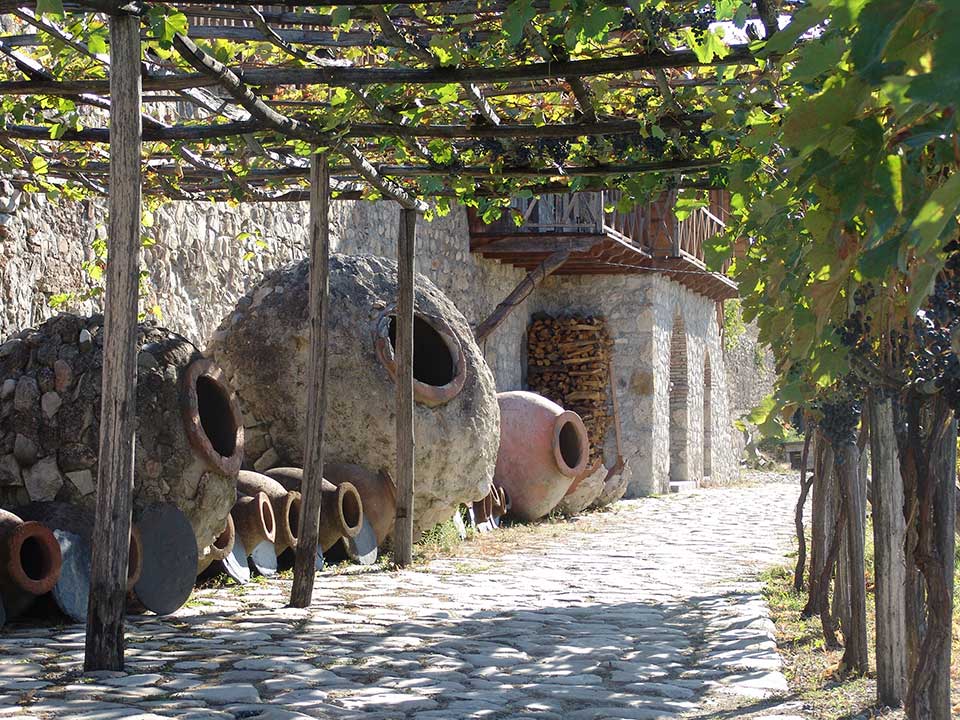
Qvevri Wines
Qvevri wines are prized for their ancient heritage, minimal-intervention and unique taste and texture. A special clay vessel, buried in the soil, is used for both winemaking and storage. This ancient pottery, dating back to the 6th–5th millennia BC, facilitates the entire winemaking process—fermentation, vinification, and maturation—all within the Qvevri. A key principle of Qvevri winemaking is to let the wine remain in contact with the grape skins and pips during and after fermentation.
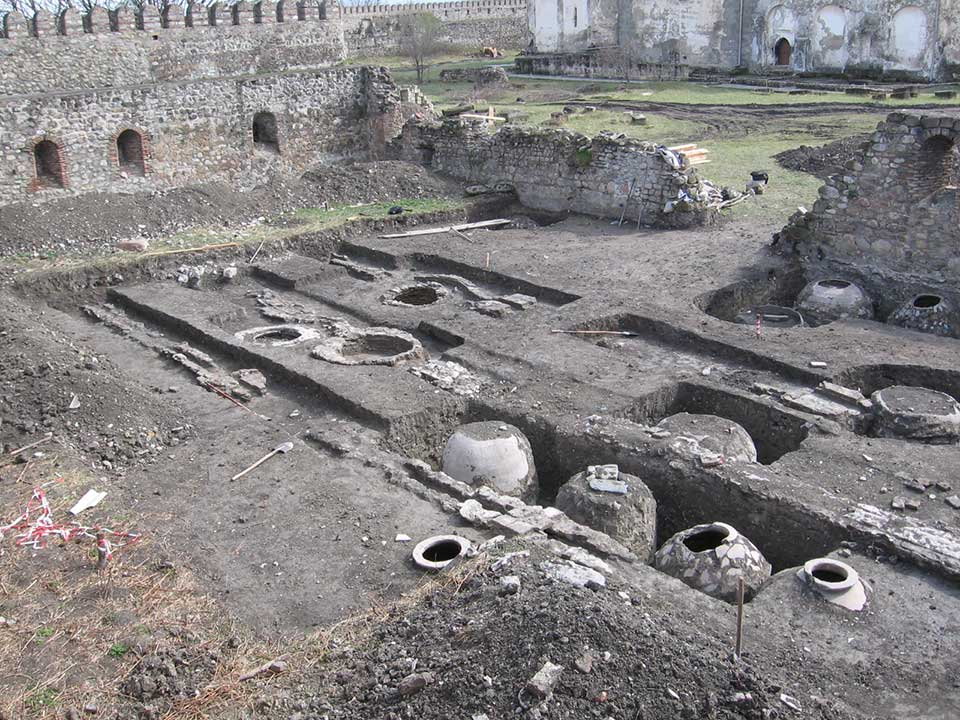
Grape varieties
Georgia’s gift to the wine world is its vast collection of 525 endemic grape varieties- the largest number of indigenous grape varieties in the world, including, Aleksandrouli, Mujuretuli, Khvanchkara, Odjaleshi, Tsolikauri and many more. These grapes offer unique textures, flavors, aromas, and acidity profiles. The two main varieties are Rkatsiteli, a disease-resistant white grape that ripens easily, and Saperavi, a bold red known for its tannins, dark-blue fruit, and spiciness.
